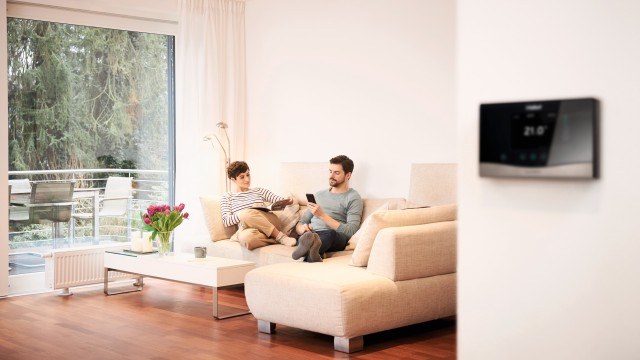Introduction to room temperature
For members of the same household, it's common to prefer different room temperatures. The room temperature can be affected by factors such as air humidity, clothing worn and levels of physical activity. These can all affect a person’s thermal comfort and therefore change their preferred room temperature. Air humidity is particularly impactful as the higher the humidity, the lower the room temperature needs to be.
Achieving the right temperature for your home is crucial for a number of reasons. Physical comfort should be a priority. Being too warm can impact your ability to concentrate, whilst being too cold may increase your risk of illnesses. More information on how to take care of yourself and others during the colder months is available on the NHS website.
Cost of central heating may also be a significant factor to consider when choosing the appropriate room temperature.
If you are worried about your energy bills rising, you can find helpful resources on the Citizens Advice website. We also recommend seeking support through the NHS website or heating and housing benefits on GOV.UK.


_image_640w_213h.jpg)
